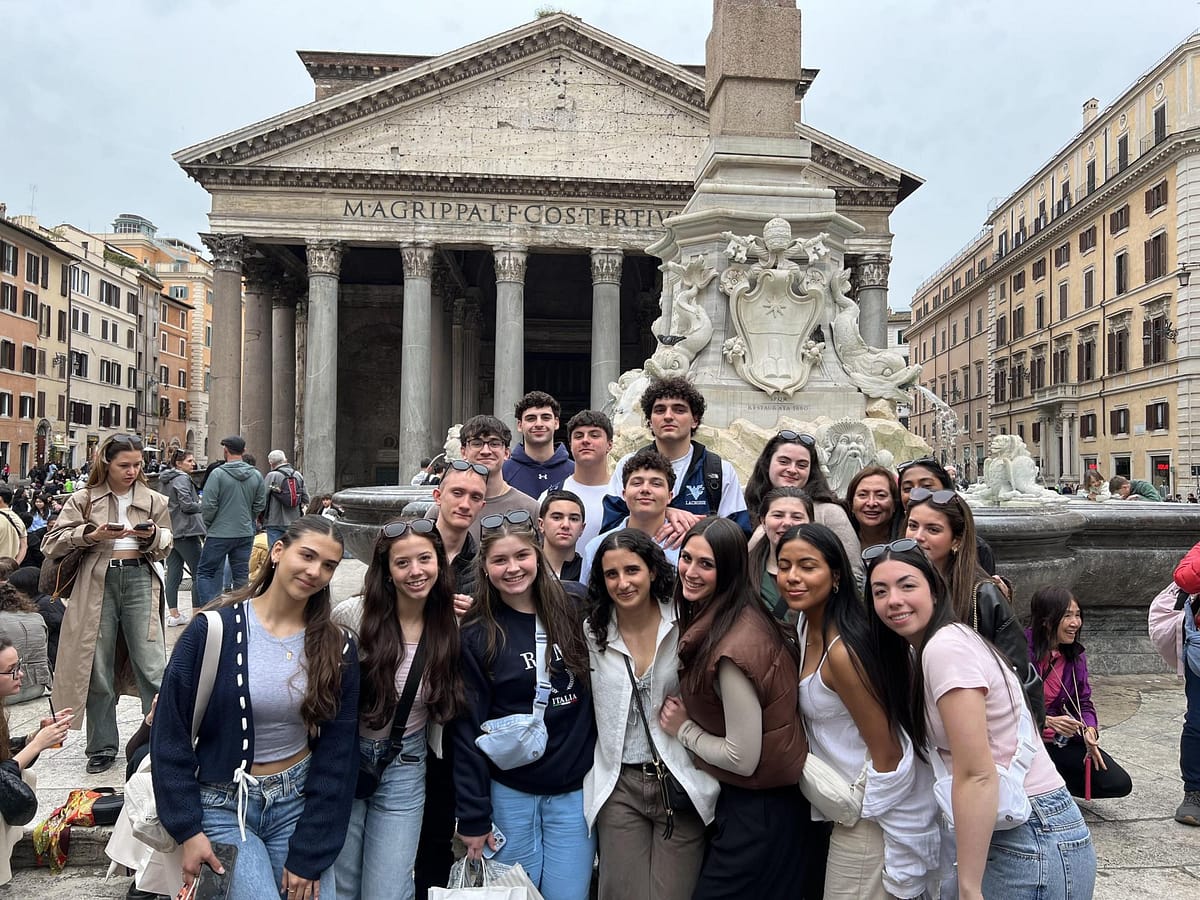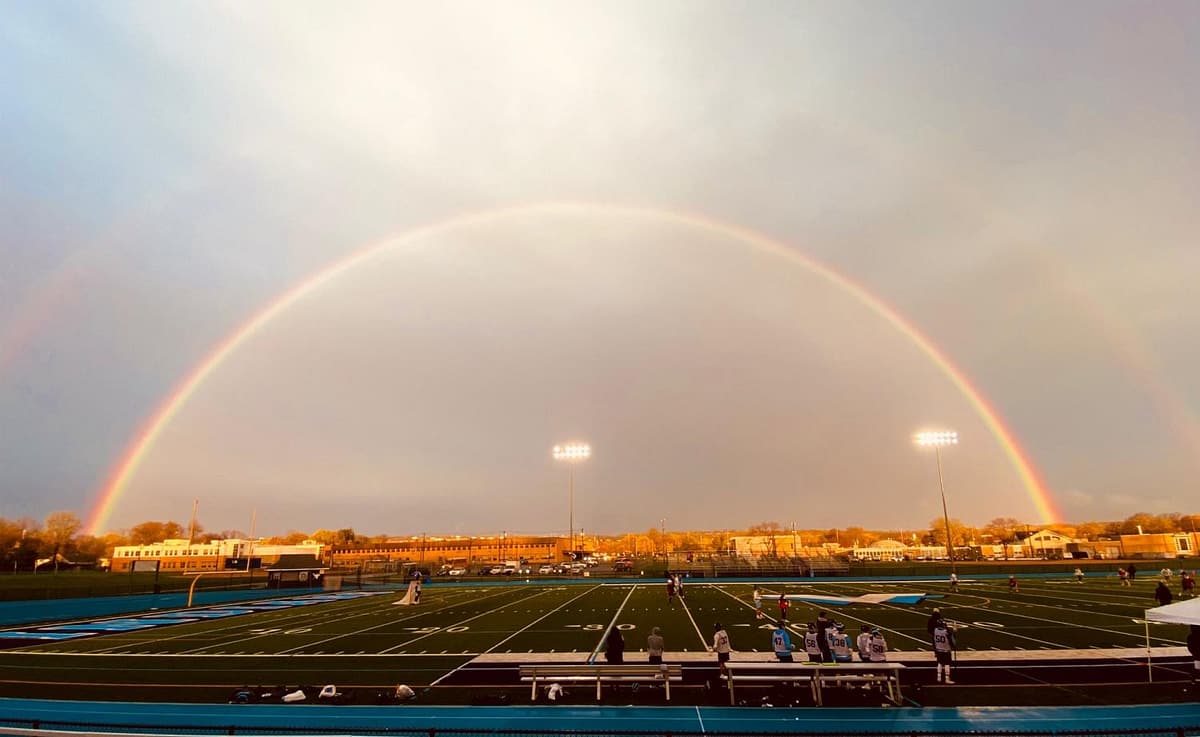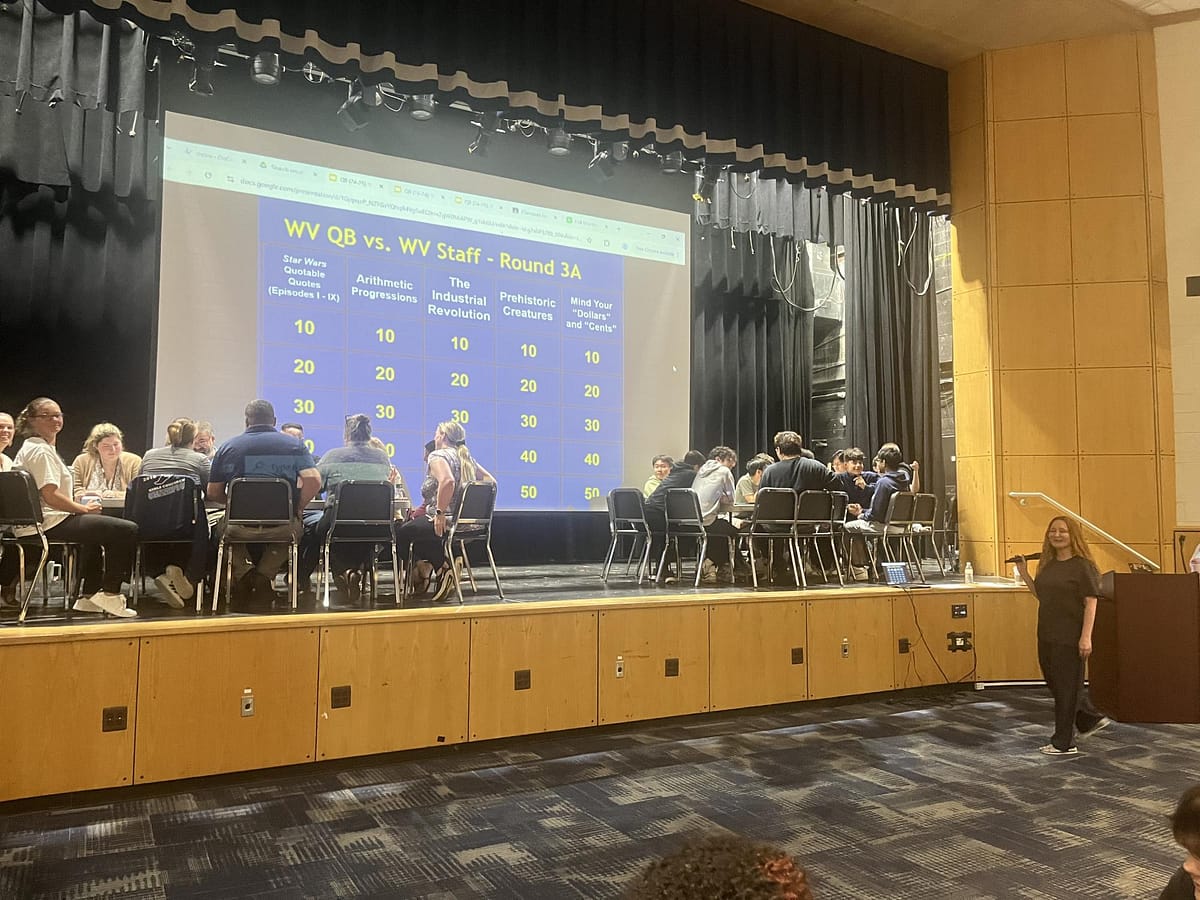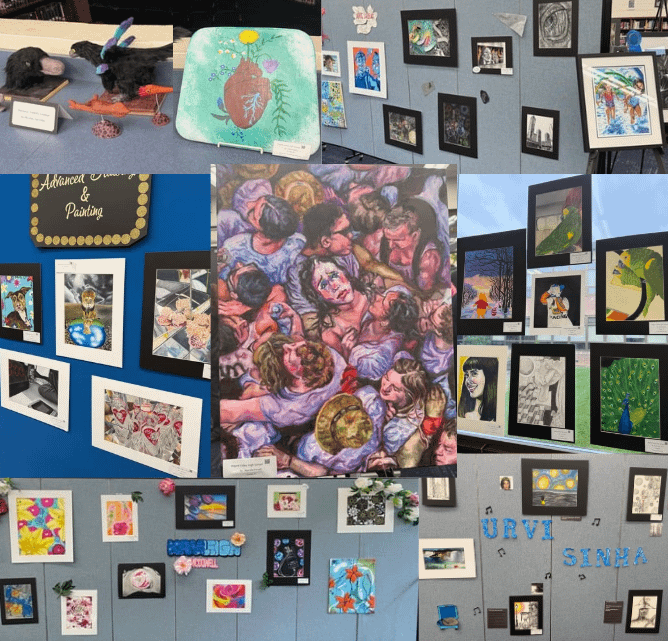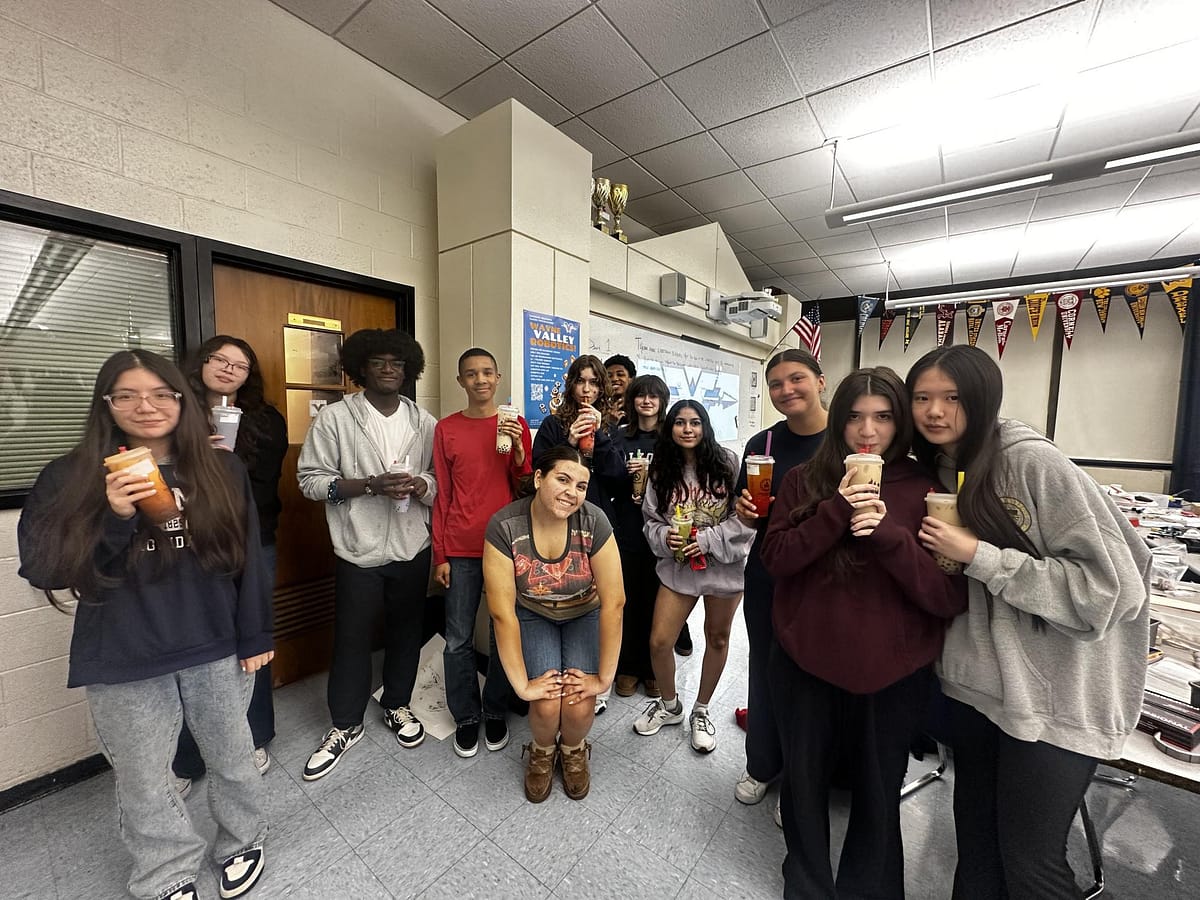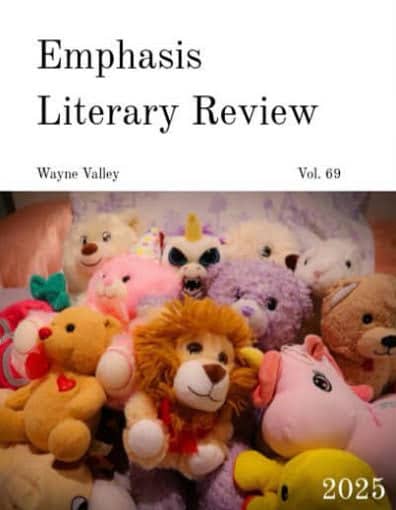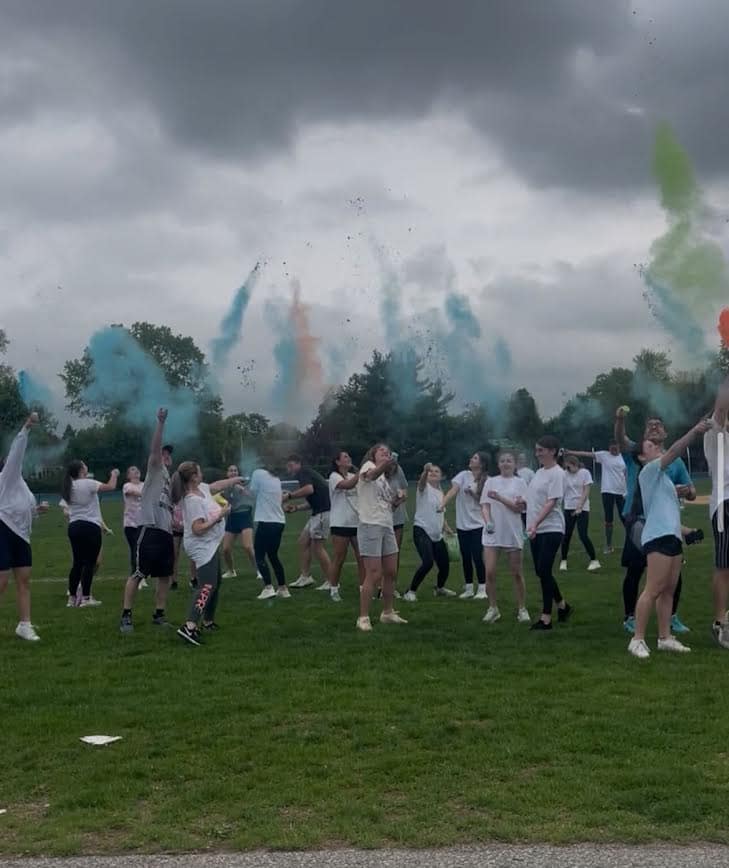Over the week-long spring break in April, Prof. Iannacco and eighteen Italian students from Italian II, III, IV, and V went on a trip around Italy. It was a new and exciting experience for everyone. Over the course of a week, students visited some of Italy’s most iconic cities, including Rome, Florence, Siena, and Venice. Visiting the many historical sites allowed students to connect the classroom to real life and use the many skills we learn in school to navigate our way through the cities, especially when ordering food for lunch. “Speaking to the natives was fun, most times they did respond back in Italian. I ended up actually getting discounts at some places due to speaking Italian rather than English. It was a good way to practice, and I definitely got more comfortable having basic conversations by the end of the trip” commented Italian IV student Sofia Kriegel.
When they landed in Rome, students visited Campo de’ Fiori as their first stop before heading to the hotel. A lot of the girls ordered their first meal at a local cafe. After dropping their luggage off at the hotel, they visited St. Peter’s Basilica and St. Peter’s Square in Vatican City, thoroughly admiring the renowned artwork, recounting their experiences in the Vatican City as breathtaking. Students visited many Piazzas, including Piazza di San Marcello where the Fountain of Trevi is located. Rome is also home to the Colosseum; students walked through the towering stone arches, and stood in the arena where gladiators once fought, getting a firsthand look at the epic scale of Roman engineering. The group went on many of these guided tours throughout the trip, learning about the historical significance of each place along the way. They even got to visit the Roman Forum, ruins of Ancient Rome, and see how people from the eight century once lived! Through these trips, the students were able to learn about Ancient Rome’s history and how it continues to shape Western civilization in areas like language, law, architecture, and politics.
In Siena, a charming Tuscan town, the students visited Piazza del Campo, Piazza del Duomo, and Jacopo della Quercia. The Duomo is famous for its iconic Renaissance architecture including Brunelleschi’s groundbreaking dome; this is the largest masonry dome ever constructed. It is also a UNESCO World Heritage site and holds significant religious importance for Catholics.
In Florence, a city overflowing with art, history, and architecture that brought lessons in literature and world history to life, students were able to walk around the different historical sites. Students got to see Michelangelo’s original David at the Galleria dell’Accademia di Firenze. In the museum, there were many works by various artists featured, even including some unfinished Michelangelo pieces. One of the most unforgettable sights was the Florence Cathedral, which was larger than life. Not only did these students get to see the amazing landmarks, but they created unforgettable bonds, “It was an amazing opportunity to go on this trip! Not only was it fun but educational! I loved getting to see famous sights in Italy and getting closer with my peers!” Natalie Pelosi, an Italian V student, explains.
To get to Venice, a one-of-a-kind city built on water, students took speed boats onto the island. During their time in San Murano, the students saw many glass shops and even got to witness Venetian glass-blowing firsthand. A lot of students bought glass souvenirs to take back home. The next day, students to
ok a guided tour that explored Venice’s winding alleys, charming bridges, and beautiful piazzas, where they had the opportunity to shop and enjoy delicious food. They had free time to shop, explore, and soak in the atmosphere of the island on the last day there, making the most of every moment in the magical city. While exploring each city, it was amazing to dive into the country’s authentic regional cuisines.
While in Venice, students were exposed to Italy’s famous seafood; the students could choose to order fresh salmon for dinner and were served risotto with shrimp. Meals were a bonding experience for everyone on the trip. Each region has its unique dishes, and the flavors are out of this world! Italy’s culinary arts aren’t just about eating—they’re about understanding food on a deeper level, from its origins to the techniques that make it so special. What makes Italian food so unique is that it’s rooted in tradition. Each region has its own signature dishes based on local natural ingredients, and the focus is always on simplicity and quality. It’s all about using the best, freshest ingredients and making the most out of them, which we got to experience in each new location.
Students did not only try Italian cuisine; they ate these meals while being surrounded by other students that they may not have spoken with. “It was very enriching. I enjoyed learning about the culture and especially trying the food. It was fun to pair my experiences in class with real-world experiences and converse with the group over dinner,” Italian III student Katelyn Khan reflects.
In each city, the students stayed in a different type of hotel. Prof. Iannacco chose the specific hotels not just based on availability but on different artistic techniques that correlated with each city. In Rome, they stayed in a more Baroque style with beautiful artwork all over. In Florence, they stayed in a more modern, eco-friendly hotel. For example, to turn on the lights, the students needed to keep their keycard plugged in and the bathroom was separate from the showers. In Venice, they stayed in a more old, Venetian Renaissance-style hotel, transporting the students to an old castle from the fifteenth century. This was just one of the many ways students were exposed to Italian culture.
This trip was more than just a sightseeing experience for students; it was an educational journey that deepened their understanding of history, culture, art, language, and even food. Being able to experience the rich culture of Italy allowed students to engage with subjects in a hands-on, meaningful way and connect the classroom to the real world, bringing benefits far beyond academic enrichment. Students developed independence, adaptability, and a broader worldview. They learned to appreciate cultural differences, communicate across language barriers, and gain confidence in new and unfamiliar environments. The profound impact that this trip had on the many students who went makes it clear that the trip should continue, as Prof. Iannacco advocates for, to benefit many students in the future by opening doors that traditional classrooms cannot.

